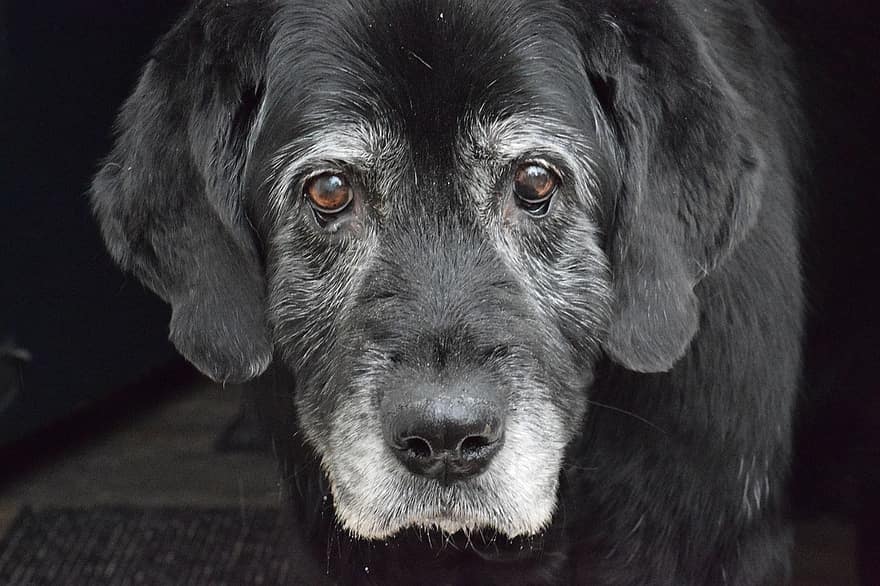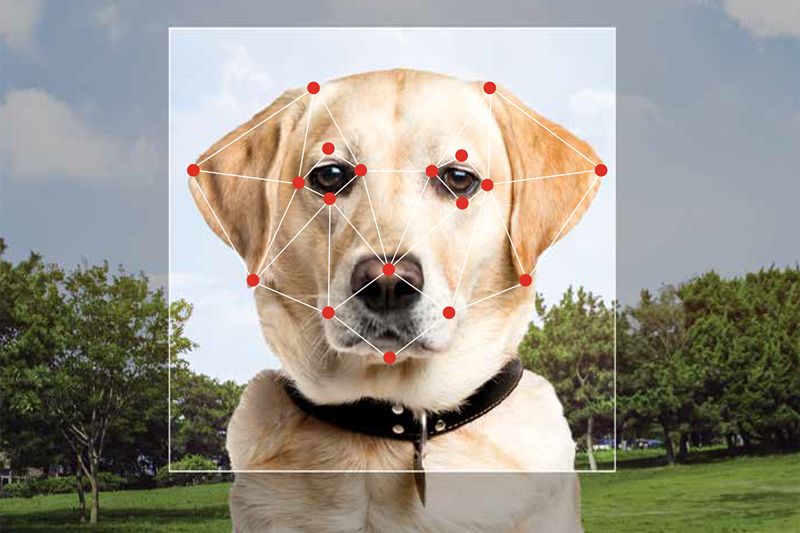
Age-associated changes in appearance are readily recognized by clinicians and dog owners. We can often identify an old dog of any breed through a gestalt assessment of appearance, movement, and demeanor without being able to detail all the specific features that signal age. One interesting challenge for canine aging science is to be able to break this assessment down into components and quantify phenotypic markers of biological aging.
Age estimation from facial photographs of humans is an active field of research. Artificial intelligence and deep learning techniques are applied to identify and interpret specific facial features to enable estimation of age despite differences in sex, ethnicity, photo quality, and other complicating factors. So far, these systems have gotten pretty good, but they can still only get within 2-5 years of a person’s actual age.

In veterinary medicine, it would be helpful to have a practical and accurate age-estimation tool since the true chronological age of many of our patients is unknown. Such a tool would also be useful in distinguishing chronological age from biological age, informing effective planning of disease surveillance and healthcare for individual dogs based on their unique needs. It might also be helpful in evaluating the effectiveness of antiaging therapies if facial age estimation could be used as a biomarker for the impact of such treatments on health.
The technical challenges are considerable, especially given the tremendous variability in appearance among breeds. While there are a number of artificial intelligence tools available for identifying breed and recognizing individuals by their faces, there is not yet one to estimate age. There have been a few projects attempting to develop such a tool, and hopefully this will be added to our aging biology toolbox soon!









